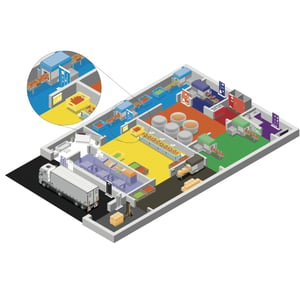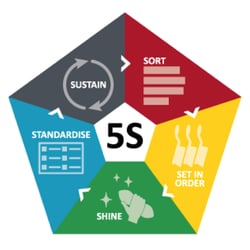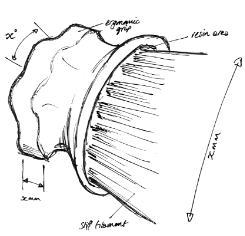Color Coding Systems
Color coded cleaning equipment has become standard practice within food and beverage production. Products with matching colored handles and heads can be identified quickly and easily, which is especially important within workplaces where a number of languages are spoken and can greatly reduce the possibility of cross contamination. Below you will find key information on the recognized principles of HACCP colour coding:
- The use of color coded cleaning tools can greatly reduce the risk of cross contamination.
- A methodical color coded approach associates each product with a particular area, promoting inter-departmental and/or food-type segregation.
- The majority of our hygiene range is color coded, with up to ten vibrant, easily identifiable colors to choose from.



